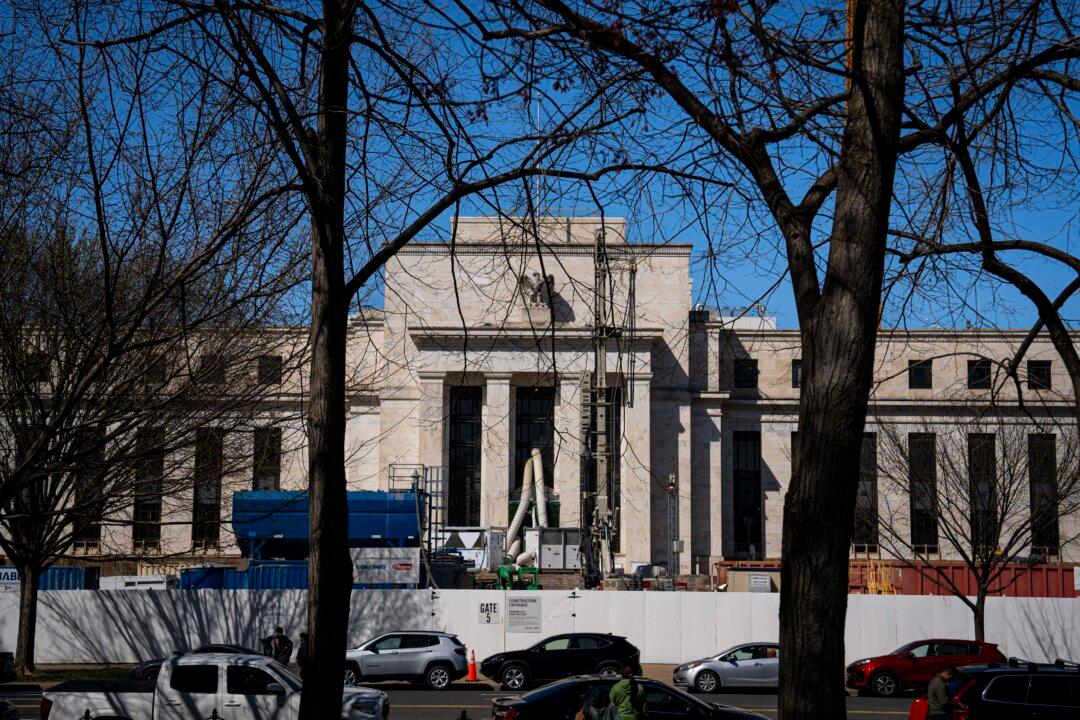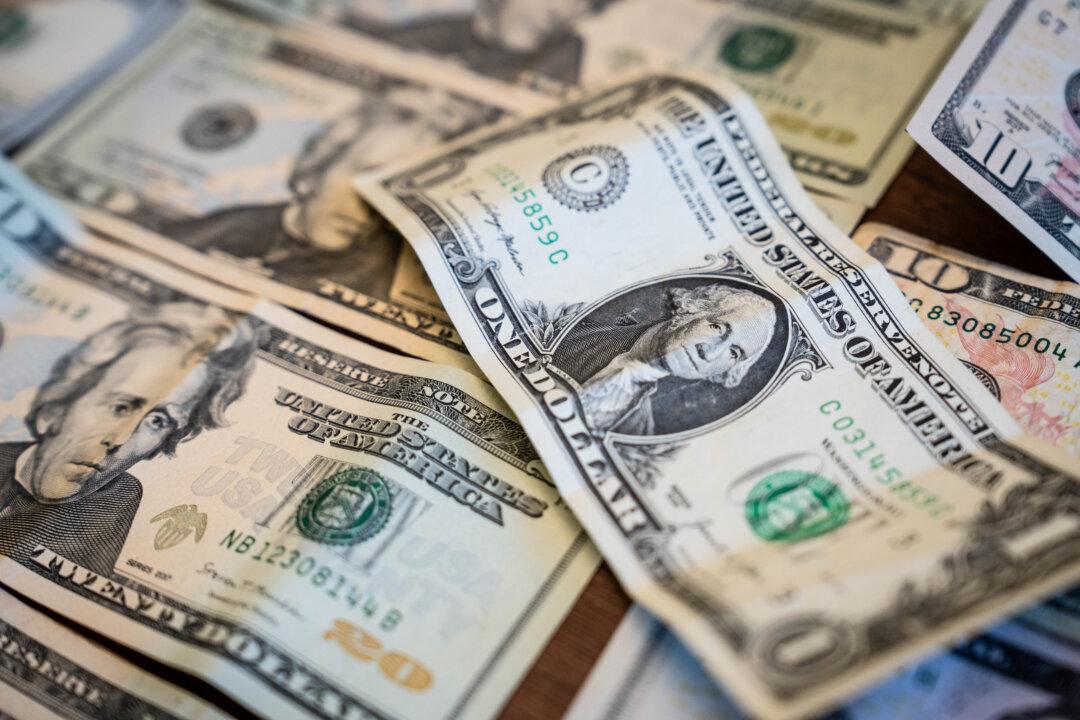The Federal Reserve will keep interest rates higher for longer until there is clear evidence that inflation is coming down to its 2 percent target, as central bank officials expressed the need for “patience” before cutting rates.
Monetary policymakers were spooked in the first quarter after three consecutive hotter-than-expected inflation readings, revealing a reacceleration in the various gauges.





